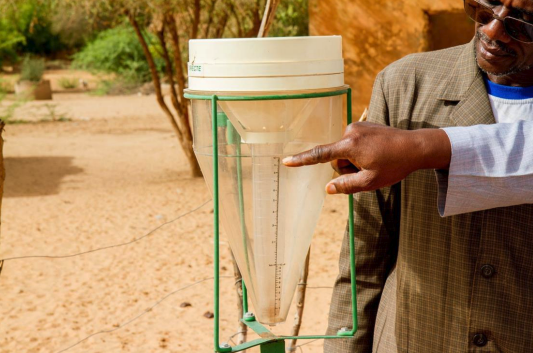Resources
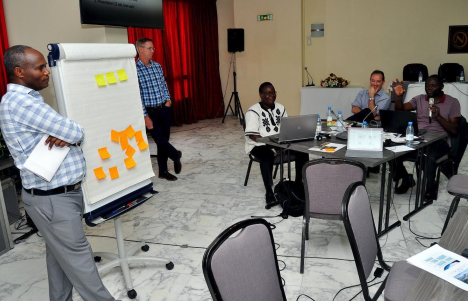
Workshop Report: Sustainable Climate Information Services (CIS): Expanding CIS delivery through innovative financial and business arrangements
This USAID-funded workshop brought together actors from National Meteorological and Hydrological Services (NMHS), private sector, and intergovernmental organizations to share work produced under the USAID funded Sustainable CIS project1 and start to overcome silos between different contributors to CIS. Further dialogue is encouraged to define priorities and identify synergies, ensuring NMHSs remain an important player […]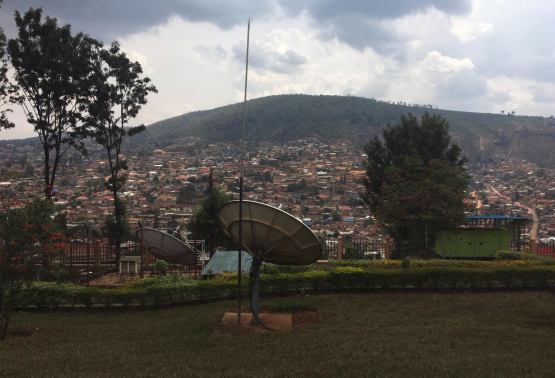
Approaches to Combine Technologies for Weather Observation, Storage and Analysis
This report explores the optimum use of different technologies and associated issues pertaining to meteorological observation, data management, and data analyses for CIS in sub-Saharan Africa. Key types of meteorological observation, including ground weather stations, atmospheric profilers, lightning detectors, weather radar, and satellite observations are reviewed and case studies are presented that showcase initiatives and […]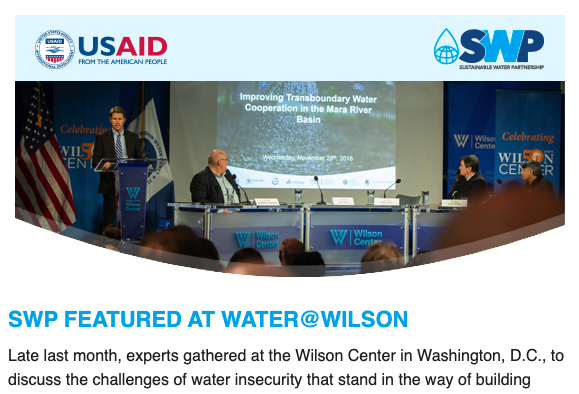
December 2018 SWP Newsletter
Late last month, experts gathered at the Wilson Center in Washington, D.C., to discuss the challenges of water insecurity that stand in the way of building healthy, prosperous communities. SWP’s John Parker spoke on transboundary water cooperation in the Mara River Valley. In This Issue – SWP Featured at Water@Wlson – Securing A Sustainable Future […]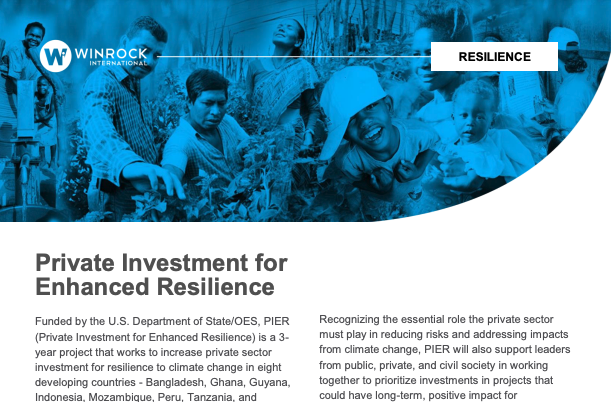
PIER Year 1 Handout
Funded by the U.S. Department of State/OES, PIER (Private Investment for Enhanced Resilience) is a 3-year project that works to increase private sector investment for resilience to climate change in eight developing countries – Bangladesh, Ghana, Guyana, Indonesia, Mozambique, Peru, Tanzania, and Vietnam. PIER will support both public and private investors to recognize and take […]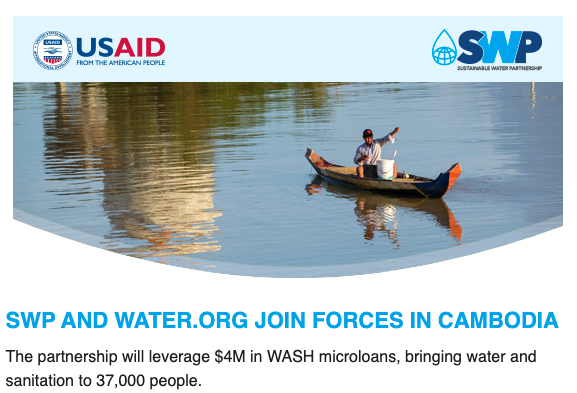
November 2018 SWP Newsletter
The partnership will leverage $4M in WASH microloans, bringing water and sanitation to 37,000 people. In This Issue: – Translating Data into Action – E-Flows & Water Security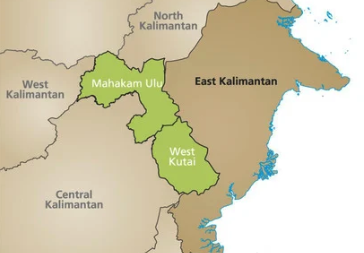
Analyses of Land Cover Change Trajectories Leading to Tropical Forest Loss
In Indonesia, land cover change for agriculture and mining is threatening tropical forests, biodiversity and ecosystem services. However, land cover change is highly dynamic and complex and varies over time and space. In this study, we combined Landsat-based land cover (change) mapping, pixel-to-pixel cross tabulations and expert knowledge to analyze land cover change and forest […]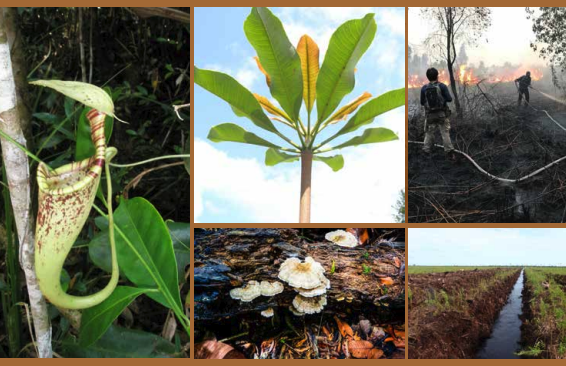
Penentuan Tingkat Rujukan (Reference Level) untuk Menduga Penurunan Emisi dari Restorasi Gambut
Emisi dan peningkatan konsentrasi gas rumah kaca (GRK) merupakan penyebab perubahan iklim yang menjadi isu global dan tantangan bagi masyarakat antarbangsa. Berbagai upaya telah dan akan terus dilakukan oleh pemerintah, termasuk pemerintah Indonesia, untuk mengurangi emisi GRK tanpa harus mengorbankan pembangunan untuk kesejahteraan masyarakat.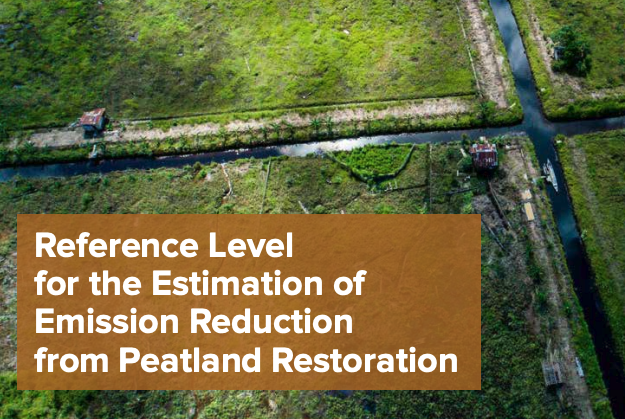
Reference Level for the Estimation of Emission Reduction from Peatland Restoration
The Government of Indonesia’s position and commitment to sustainable development is already widely known, as is its commitment to reducing greenhouse gas (GHG) emissions; the cause of global climate change. Indonesia’s commitment to reducing greenhouse gases is laid out in its Nationally Determined Contribution (NDC) document, and was recorded in the United Nations Framework Convention […]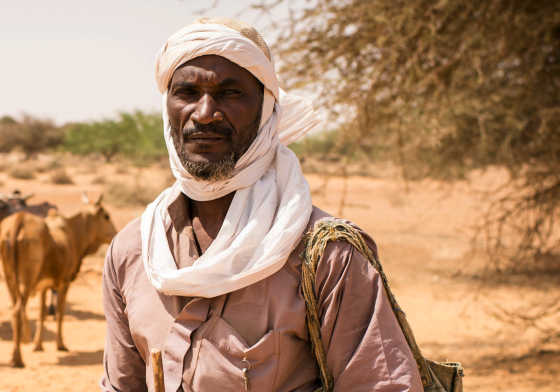
Assessing Sustainability and Effectiveness of Climate Information Services in Africa
Africa is one of the most vulnerable continents to climate variability and change due to its high exposure to climate shocks and stresses (e.g., droughts) and relatively low adaptive capacities (IPCC Fifth Assessment Report, 2014). In sub-Saharan Africa (SSA) rain-fed agriculture, which is vital for a large percentage of the rural population and contributes significantly […]